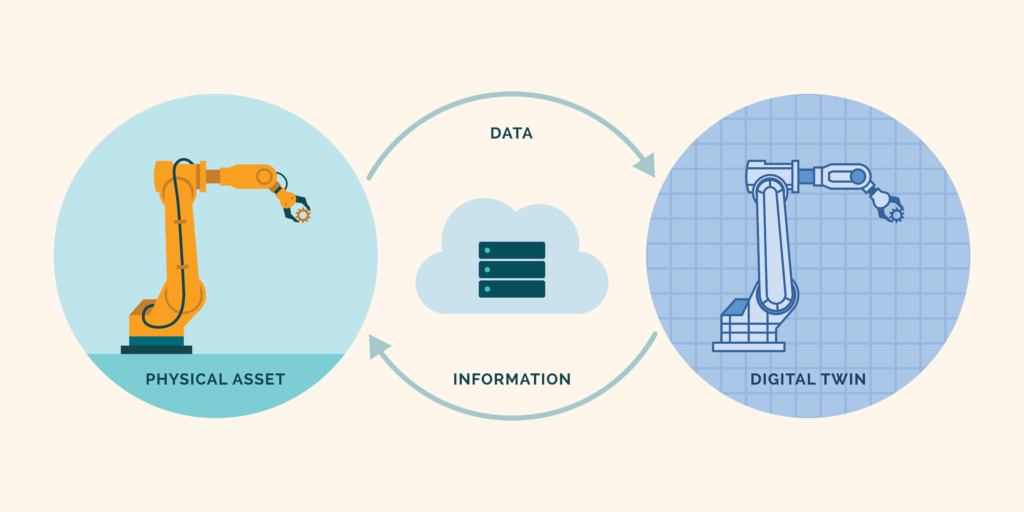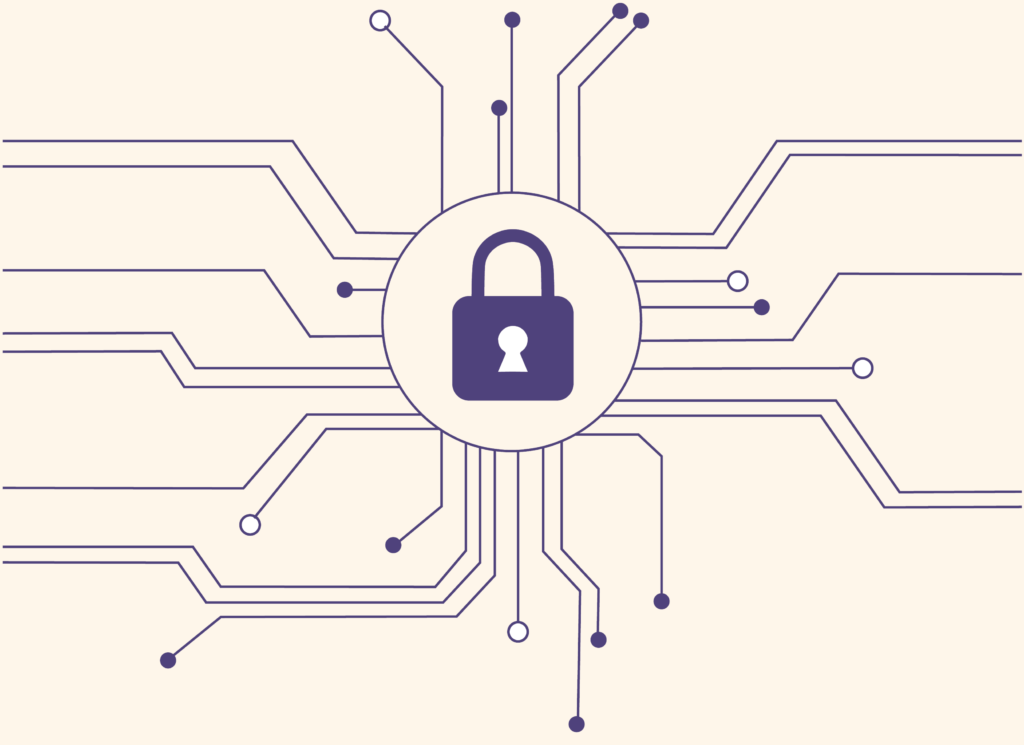The eFORT project, initiated in September 2022 and funded by Horizon Europe, is making significant steps in enhancing the resilience, security, and sustainability of European power grids for the present and future generations. Besides aiming to tackle both cyber-attacks and physically occurring threats, eFORT also focuses on contributing to an interconnected energy landscape and implementing their solutions by embracing a greener energy mix.
Deepening the overall impact of eFORT, the project is developing a groundbreaking Digital Twin at the Dutch demo site, coordinated by TenneT and the Delft University of Technology. Digital Twin technology is a dynamic and innovative concept aimed at fortifying the operational resilience of interconnected power grids to cyber-attacks. This technology, while currently in progress, holds the potential to revolutionise grid security by not only preventing cascading failures but also facilitating power system restoration, in case of power outages.

The Digital Twin involves a sophisticated communication aspect and dynamic system modelling.
“Accurately capturing the condition of the system in real-time helps in creating a power system analysis for different scenarios, that can be used for mitigating cascading failures.”
as Alex Stefanov from TuD explains.
This technology acts as a proactive defence mechanism, utilising artificial intelligence tools such as graph neural networks and machine learning techniques, and by foreseeing potential threats, it can safeguard the resilience of the grid in the face of cyber-attacks.

Up until now, the eFORT project has completed foundational work and proof of concept, progressing toward implementation in a realistic test network.
“While digital twin technology enables many advantages, the primary emphasis of the eFORT project is not only the building of a digital twin itself but rather the development of digital twin-based applications”
says Matija Naglic from TenneT.
The eFORT project, with its comprehensive approach, is not merely addressing challenges but actively shaping the future outlook of European grid resilience.
Contact us
Follow us on:
